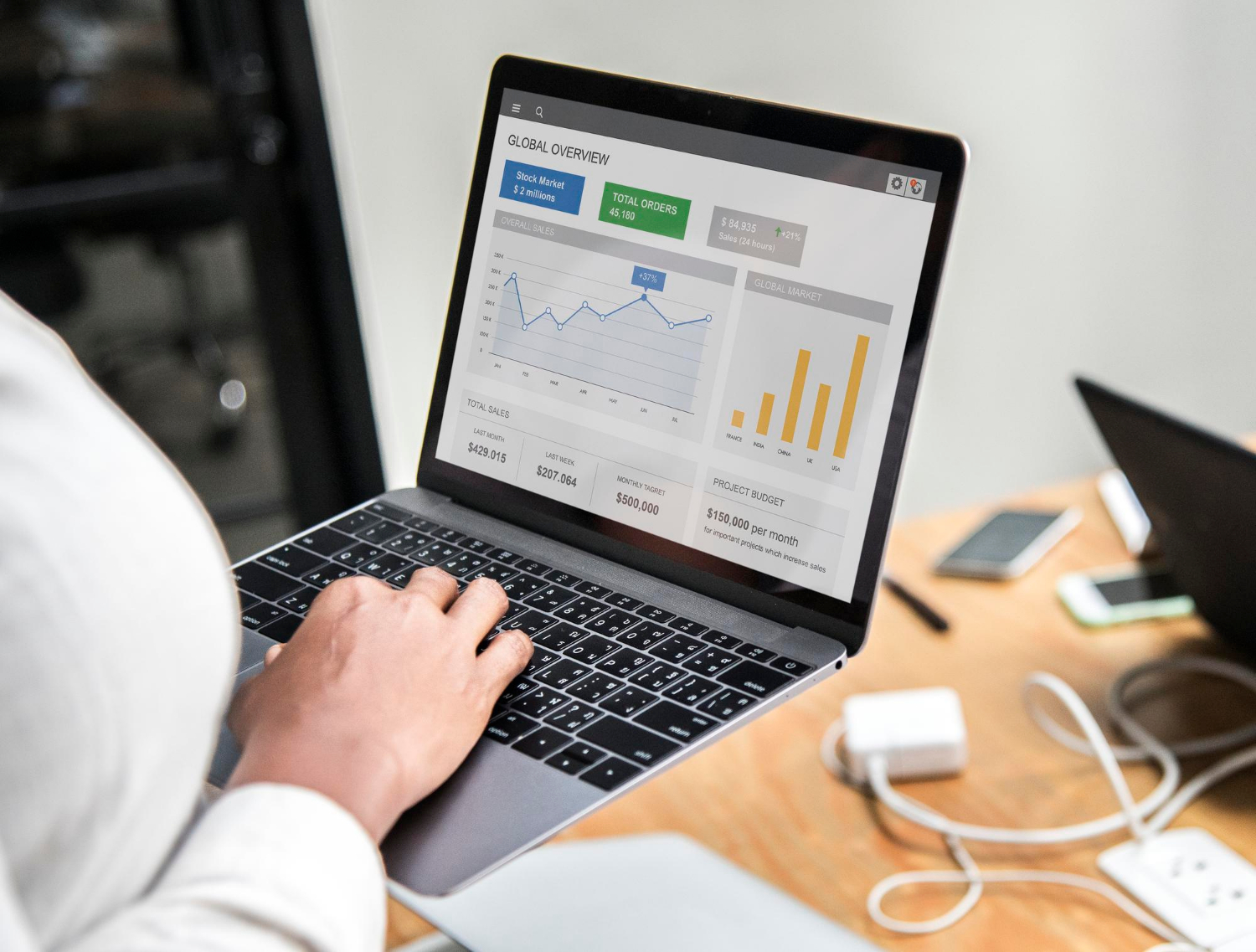When you operate a site, it is imperative that you are aware of the way the visitor interacts with it so as to improve it. Data will guide you towards changing your content and enhance conversions and engagement. It is here that analytics platforms make their appearance. Although Universal Analytics is familiar to many site owners, Google Analytics 4 has introduced new tracking mechanisms, new styles of reporting and privacy-oriented modifications. In this post we will unpack the differences, underline what is changing and how to adapt.
1. Why Website Analytics Matter
Monitoring of performance on websites is not only done by the biggest corporations. Even a local company can gain a benefit of understanding how their site is located and used by people. Through analytics tools, identifying the best performing pages, traffic source, and user behaviour pattern is identified.
As an example, using a contact information widget in a website, analytics may allow you to know how many visits result in a clickthrough on the widget. This will enable you gauge the effectiveness of the widget and whether it requires improvement or not.
2. What Is Universal Analytics?
Universal Analytics (UA) has been the industry standard for years. It uses session-based tracking, meaning it groups user interactions into defined timeframes. This model worked well for traditional desktop browsing but is less suited to today’s multi-device, app-integrated world.
UA offered detailed reports, robust filtering options, and familiar metrics like bounce rate. However, its cookie-reliant approach faced increasing limitations due to evolving privacy laws and user consent requirements.
3. The Shift to Google Analytics 4
Google Analytics 4 (GA4) is more than just an update—it’s a new way of collecting and interpreting data. Instead of session-based tracking, GA4 uses an event-based model, capturing each interaction as an individual event. This offers greater flexibility and cross-platform insights, making it easier to track users across devices and apps.
GA4 also focuses heavily on privacy, aligning with GDPR and other global data protection regulations. It uses predictive analytics to fill gaps where data may be incomplete due to user consent restrictions.
4. Key Differences Between GA4 and UA
| Feature | Universal Analytics (UA) | Google Analytics 4 (GA4) |
| Tracking Model | Session-based | Event-based |
| Cross-Platform Support | Limited | Strong (Web + App) |
| Privacy Compliance | Basic | Advanced |
| Predictive Insights | No | Yes |
| Bounce Rate | Available | Replaced by Engagement % |
This shift means your reports may look unfamiliar at first. However, the flexibility of GA4 allows for more customisation and deeper insights over time.
5. Why the Change Matters for UK Website Owners
The case of sites of the UK will not be as simple as keeping up with technology, the adaptation to GA4 is compliant. The privacy-first structure of GA4 empowers you to collect relevant data, without violating rules, as stricter privacy regulations and evolving requirements of users emerge.
As an e-commerce store, the improved tracking capability of GA4 will be able to show you how the patrons go through a Google search and end up putting items in their cart. You will then be able to modify your marketing strategy to have improved transformations.
6. Challenges When Transitioning
Not everything is easy when it comes to switching to GA4. It has a different interface, some common metrics are absent, and one has to experience a learning curve when creating custom events.
You will also be expected to run GA4 and UA (where possible) simultaneously until you are become familiar with it. This will enable you to make comparisons of reports and know how the metrics vary. To most owners of business in the UK, the sacrifice of their valuable time is worth its fortune because it can yield insight.
7. Best Practices for Using GA4
To get the most out of GA4:
- Plan Your Event Tracking: Decide which user actions matter most—such as form submissions or widget clicks—and set them up as events.
- Use Predictive Metrics: Leverage GA4’s machine learning features to anticipate user behaviour.
- Customise Reports: Build dashboards that match your business goals.
- Integrate with Other Tools: Combine GA4 data with your ad platforms, CRM, or SEO tools for a complete picture.
8. Final Thoughts
The transition of Universal Analytics to Google Analytics 4 brings in a major change in terms of how we use analytics to inform us on user behaviour. The learning process may be steep, and the event-based nature of the system, the ability to track cross-plat-form and the privacy improvements make it a future-oriented solution.
Incorporating GA4 into the UK used websites today allows the owners and managers to stay ahead of the game and be ready to accommodate the changes that will take place in the future. The more time you invest in discovering how it works, the more chances you have to improve your site, maximise conversions, and keep your analytics strategy efficient even in the coming years.

